So you want to climb Kilimanjaro? That's fantastic. Can we join? Over the last few years, we have helped thousands of climbers to reach the Roof of Africa. Solo, in a group, accelerated, in a properly acclimatised way - we have helped them all. Did we hike Kilimanjaro ourselves as well? Of course, we did. My Bookatrekking.com colleague Rintsje and I, Sierd, made it to Uhuru Peak in August 2022. Watch our video, keep reading and let us answer your most critical questions. Twende!
Twende is Swahili for Let’s Go. You need a solid dose of determination if you want to make it to Uhuru Peak at 5,895 meters (19,340 feet). First, you need Twende, secondly, you need to apply a bit of Pole Pole, Swahili for Take It Easy. If you want to go and if you will take it easy, you will climb Kilimanjaro and, just like us, you too will make it to the summit. Believe us. Let’s watch:



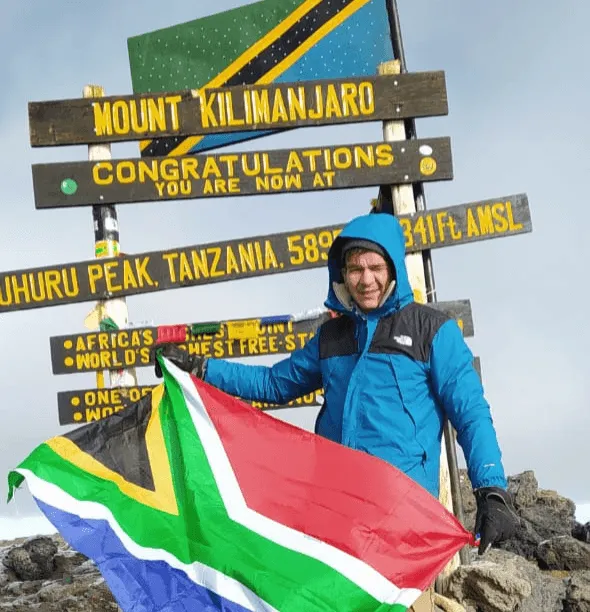
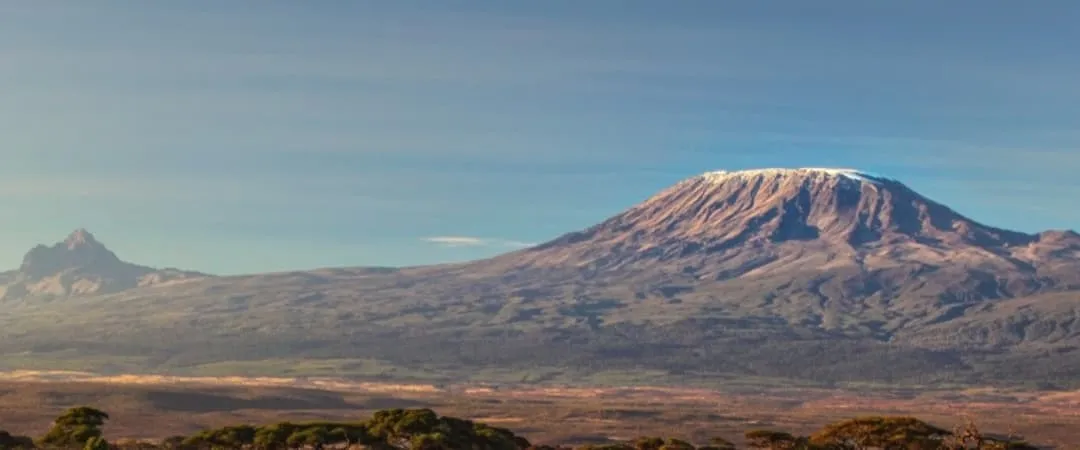
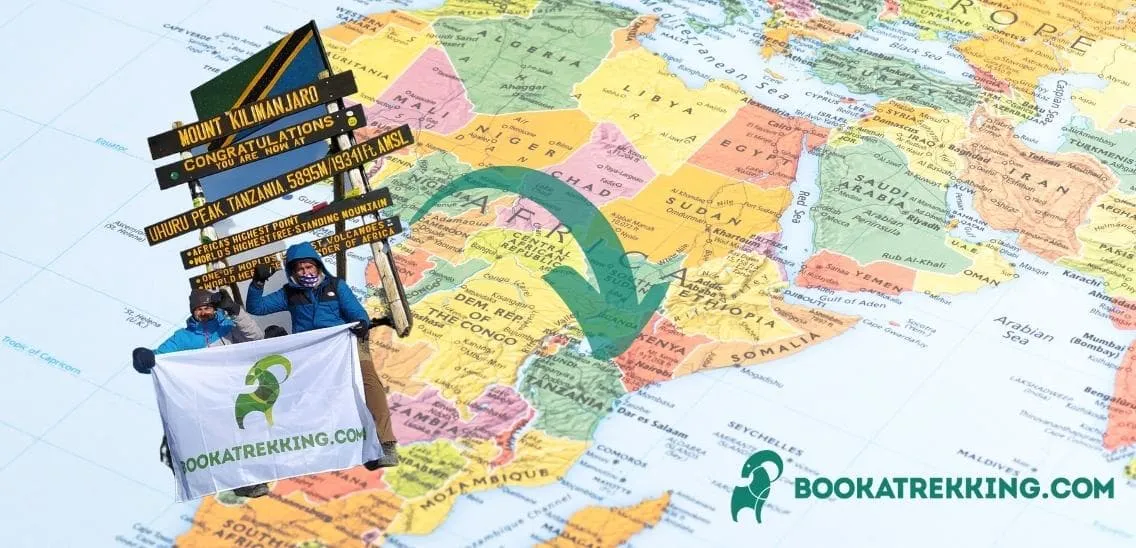
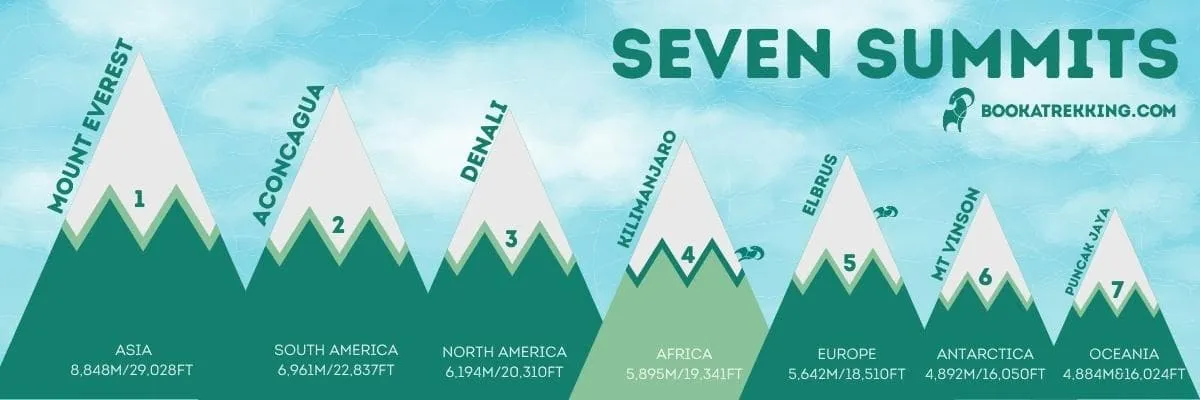
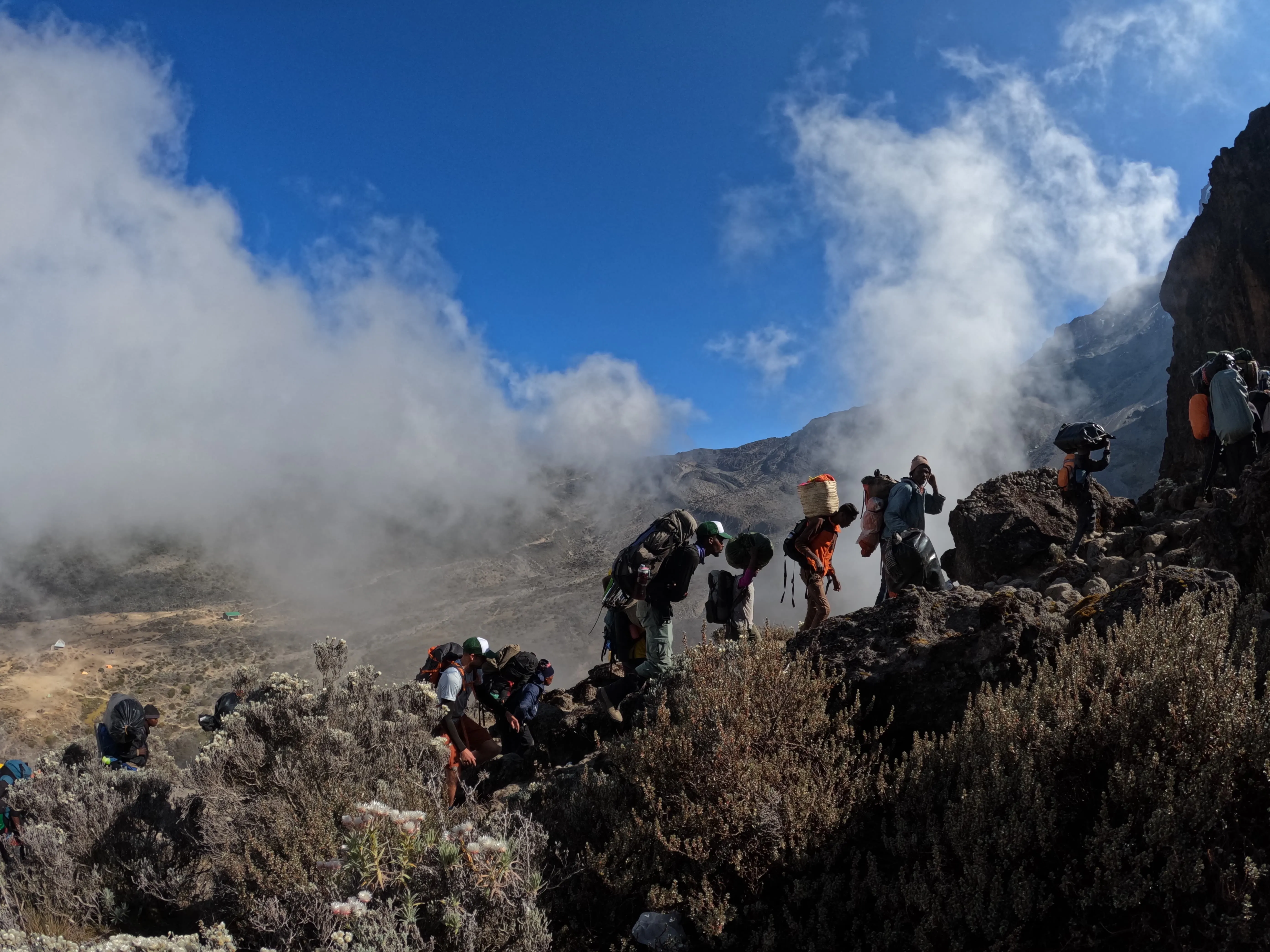
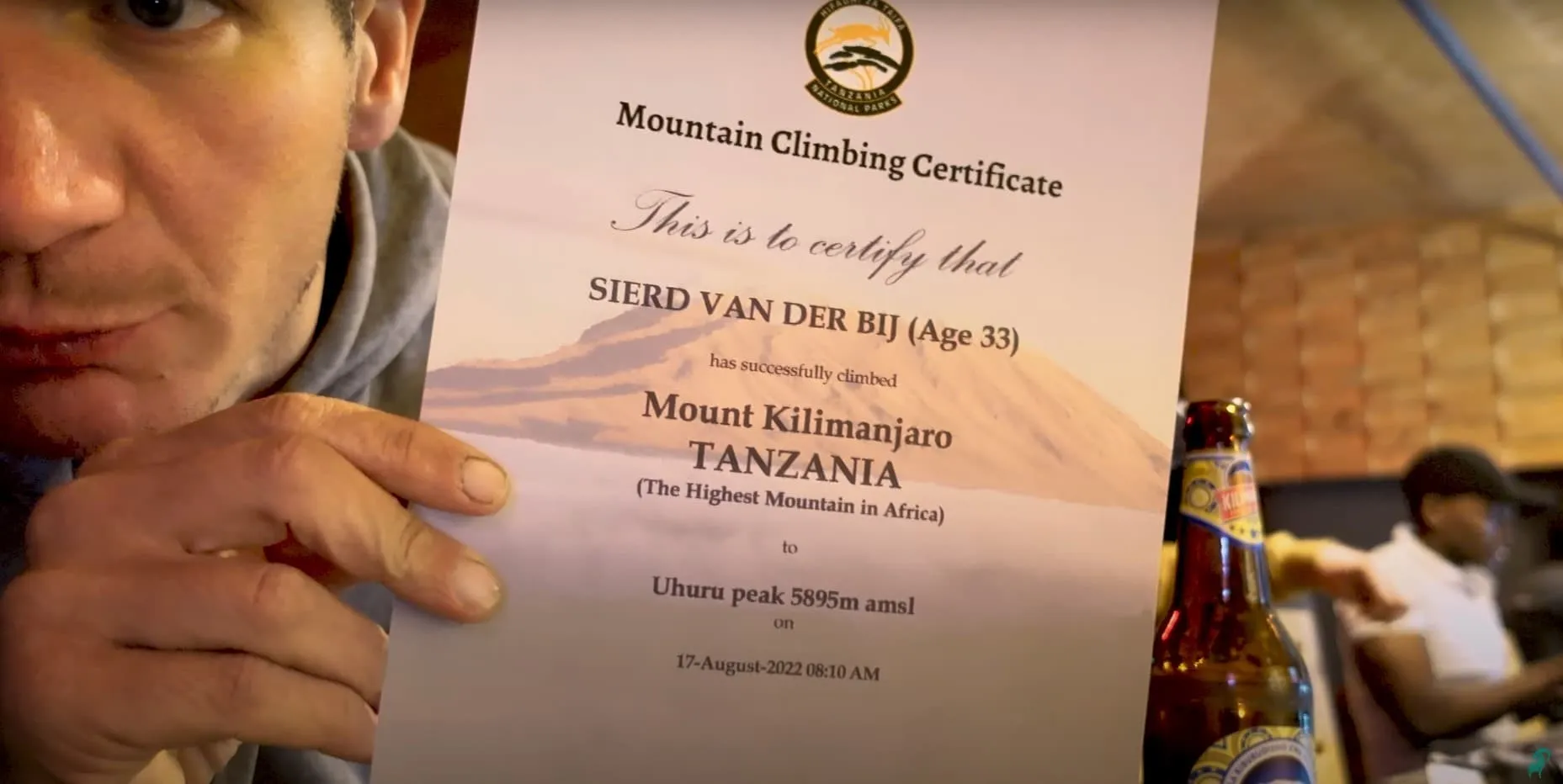
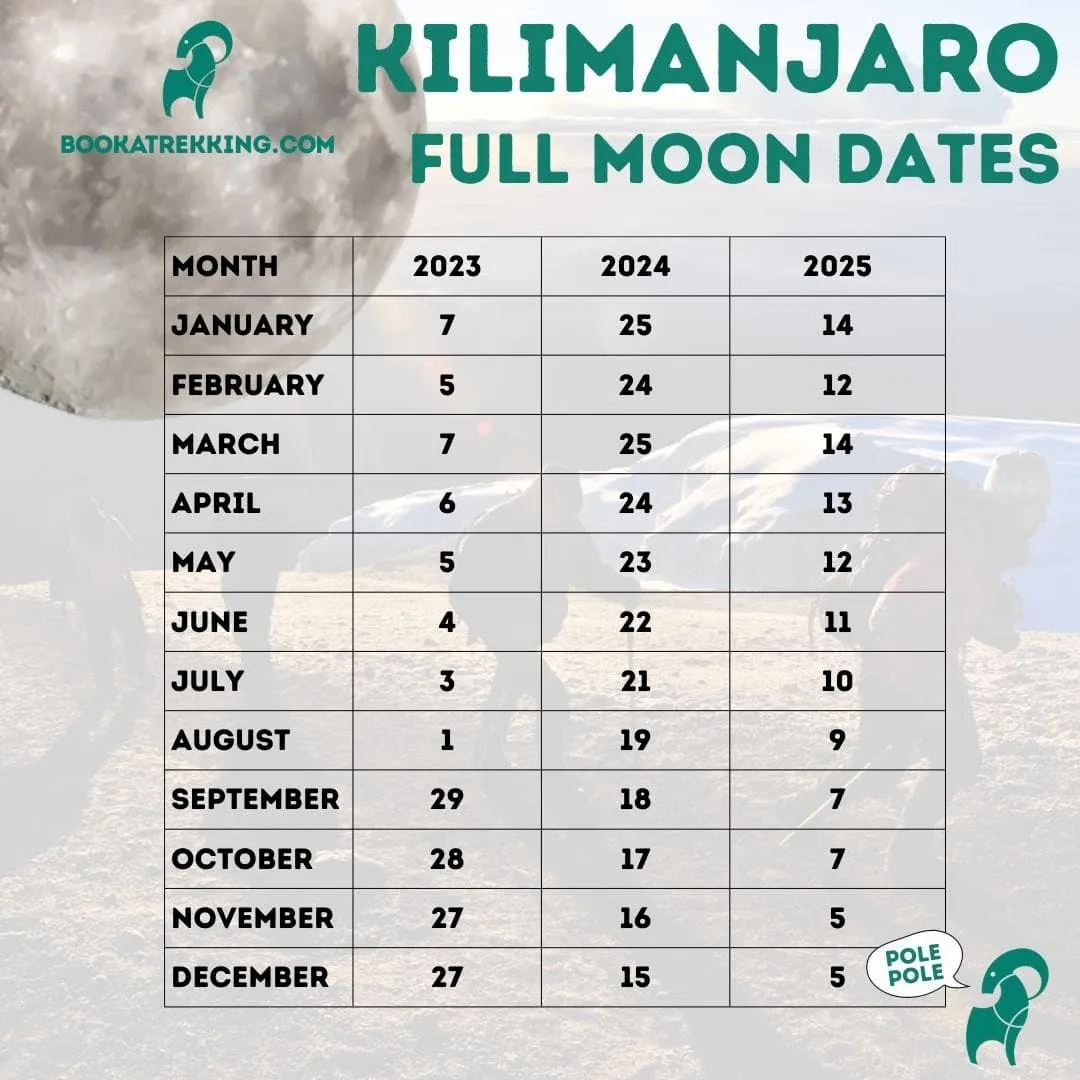
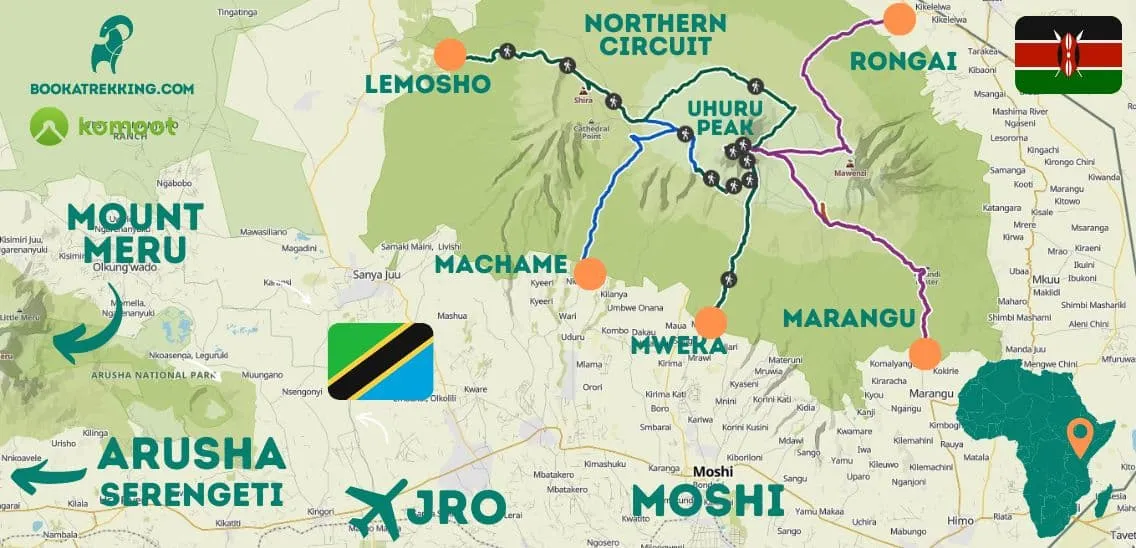
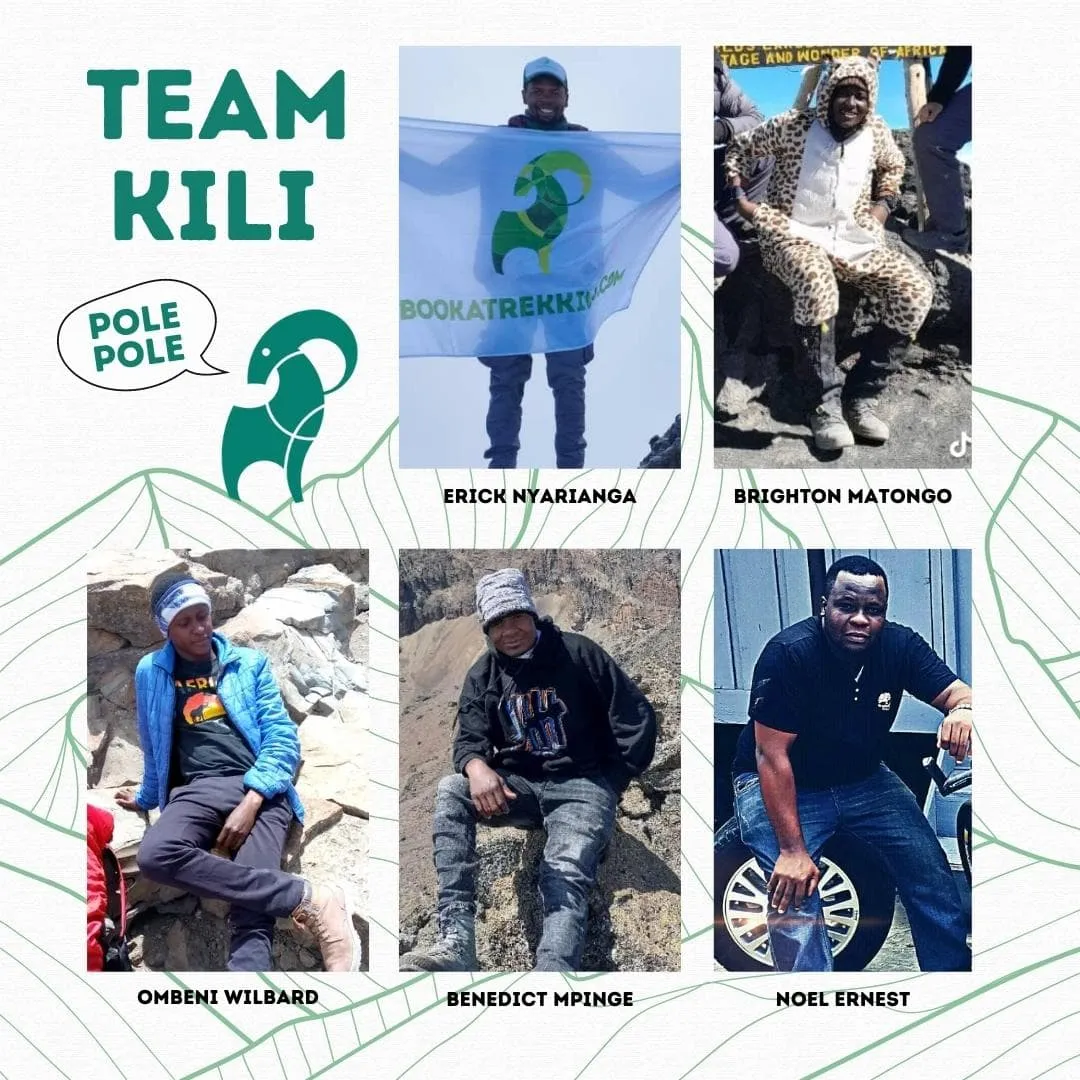
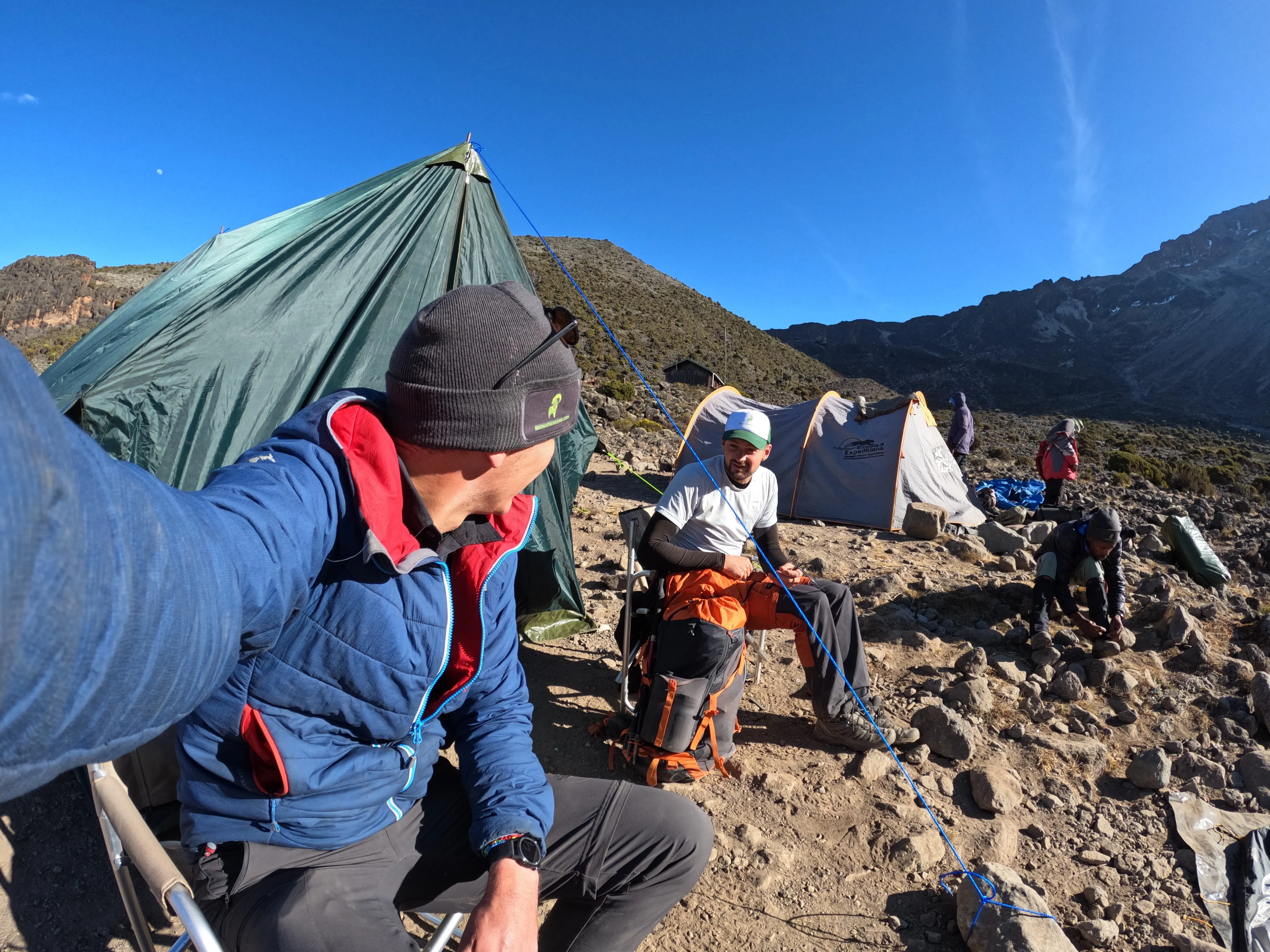
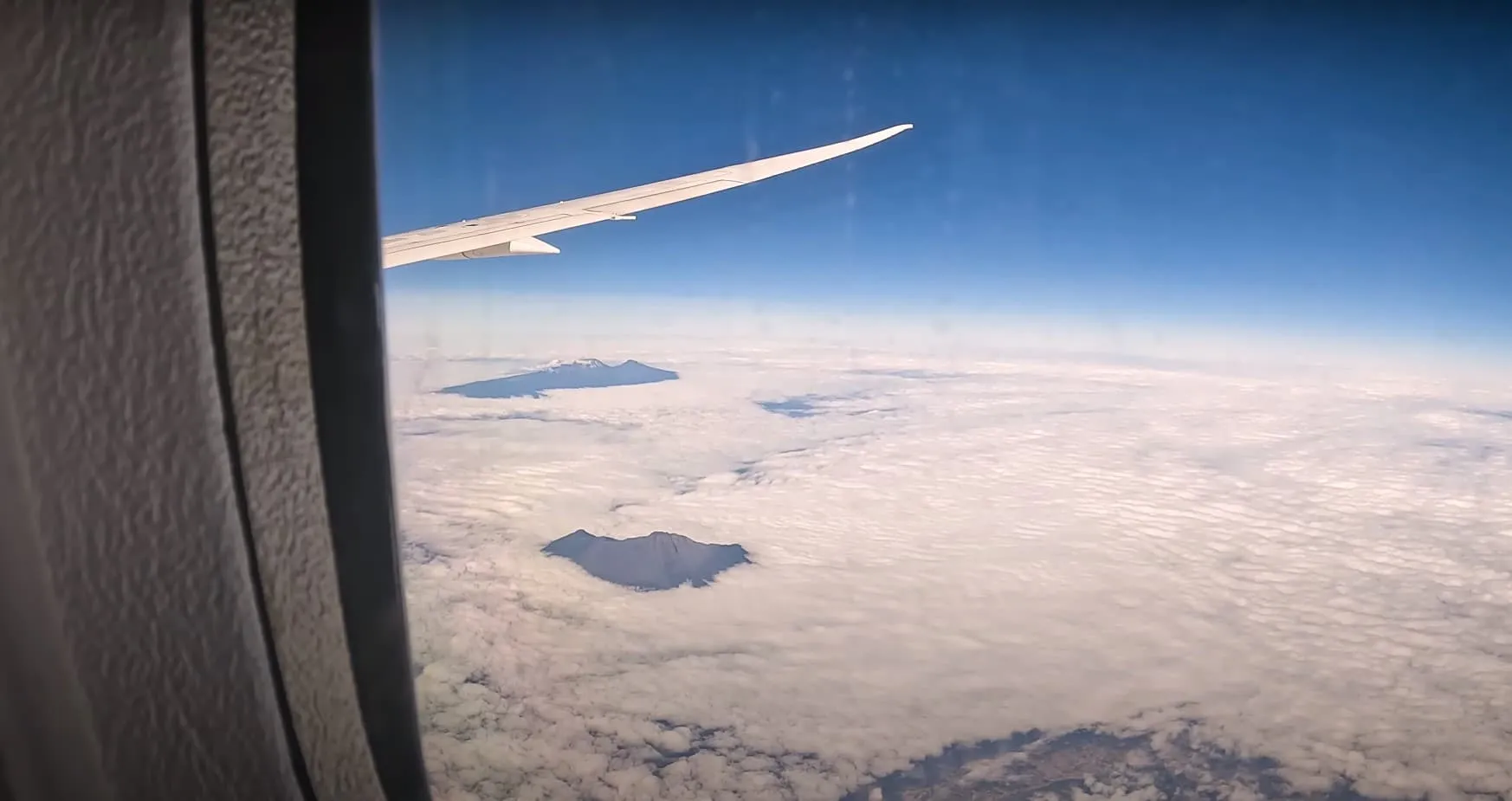
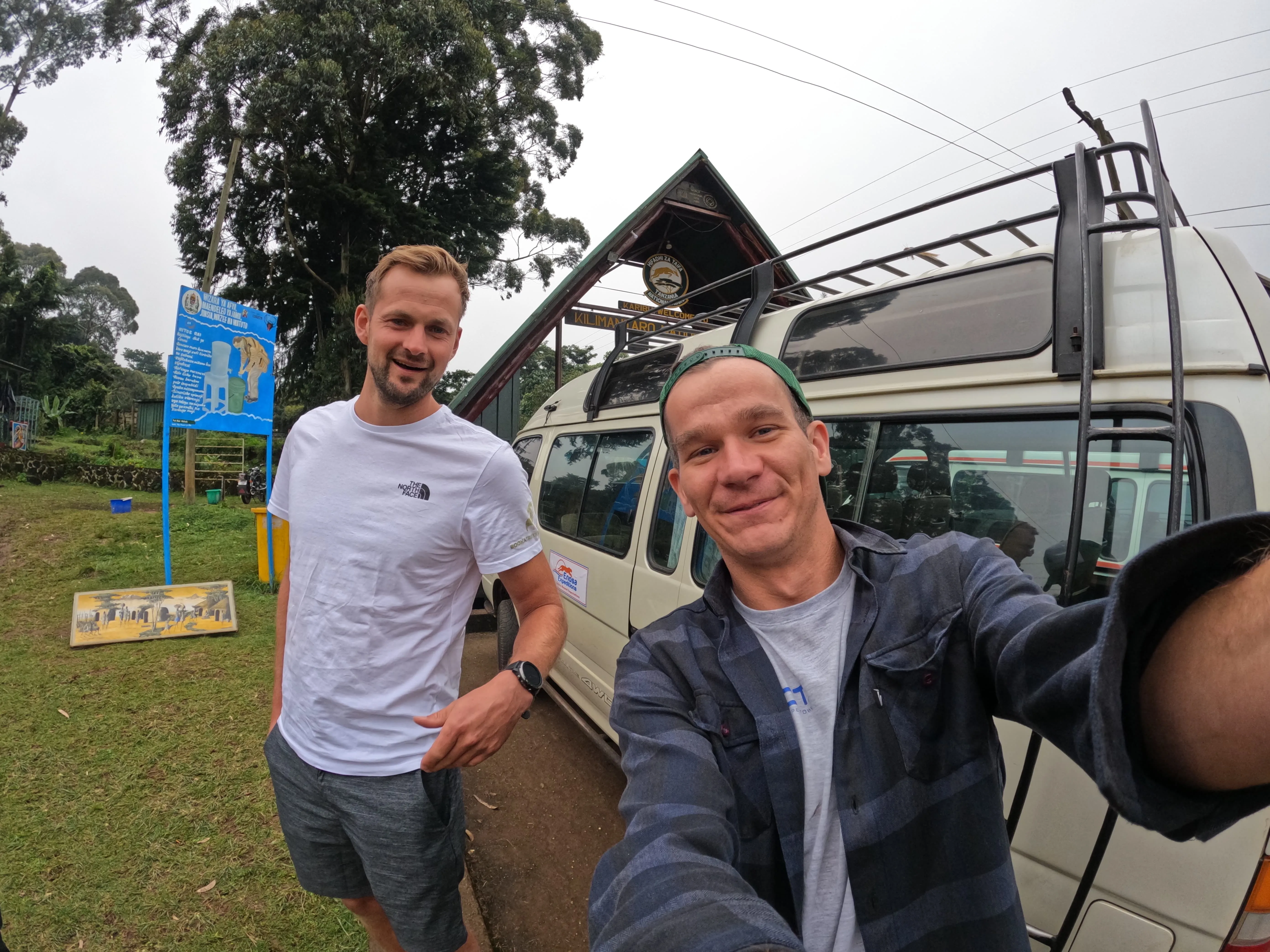
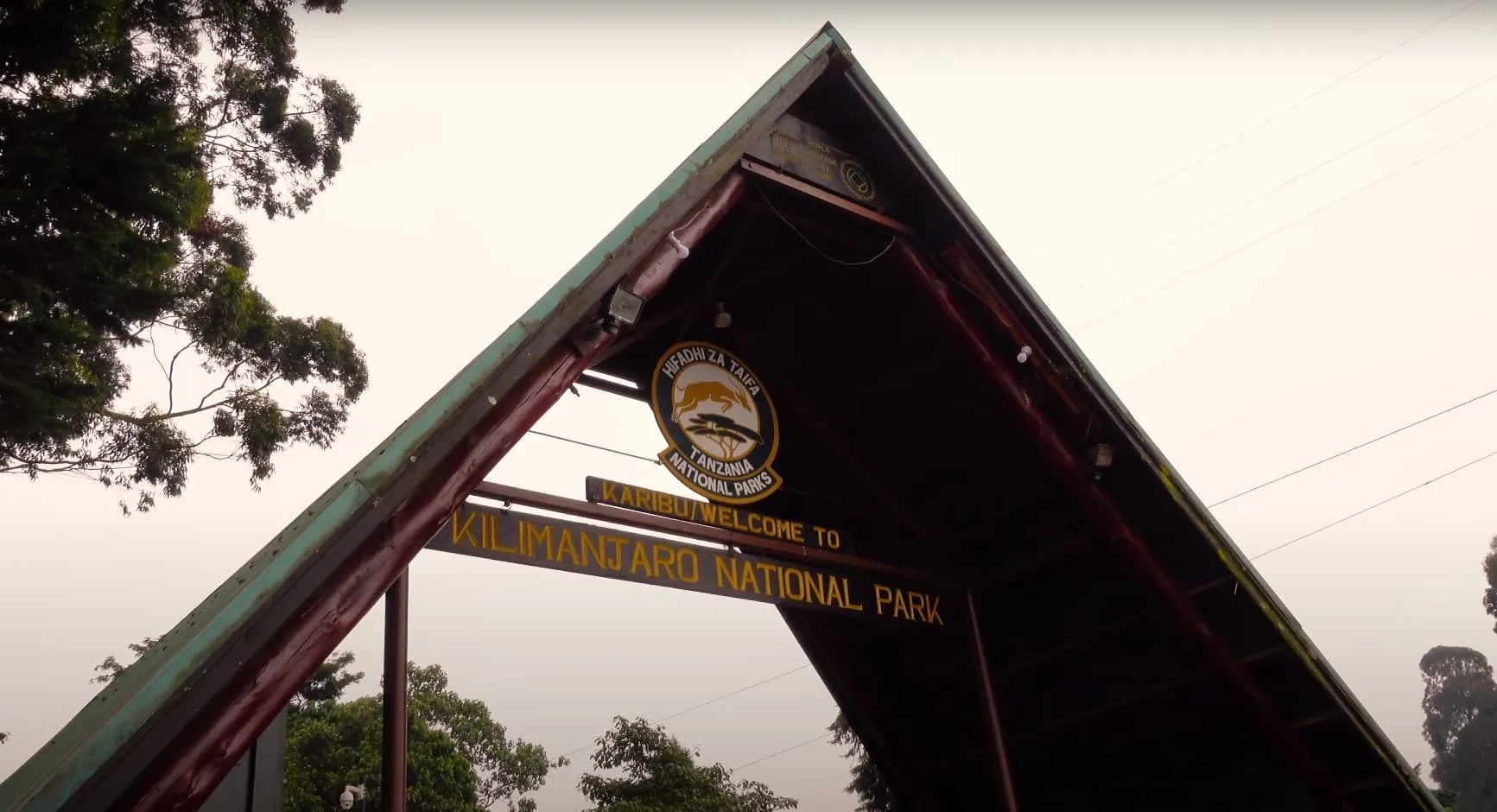
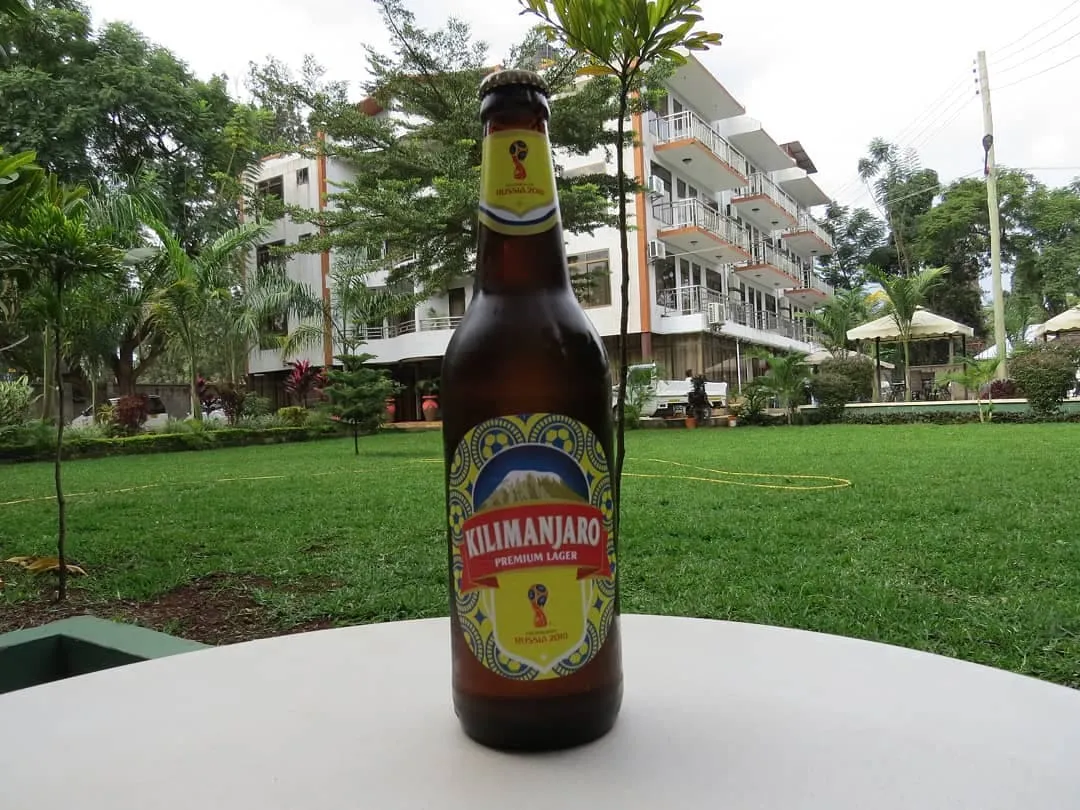
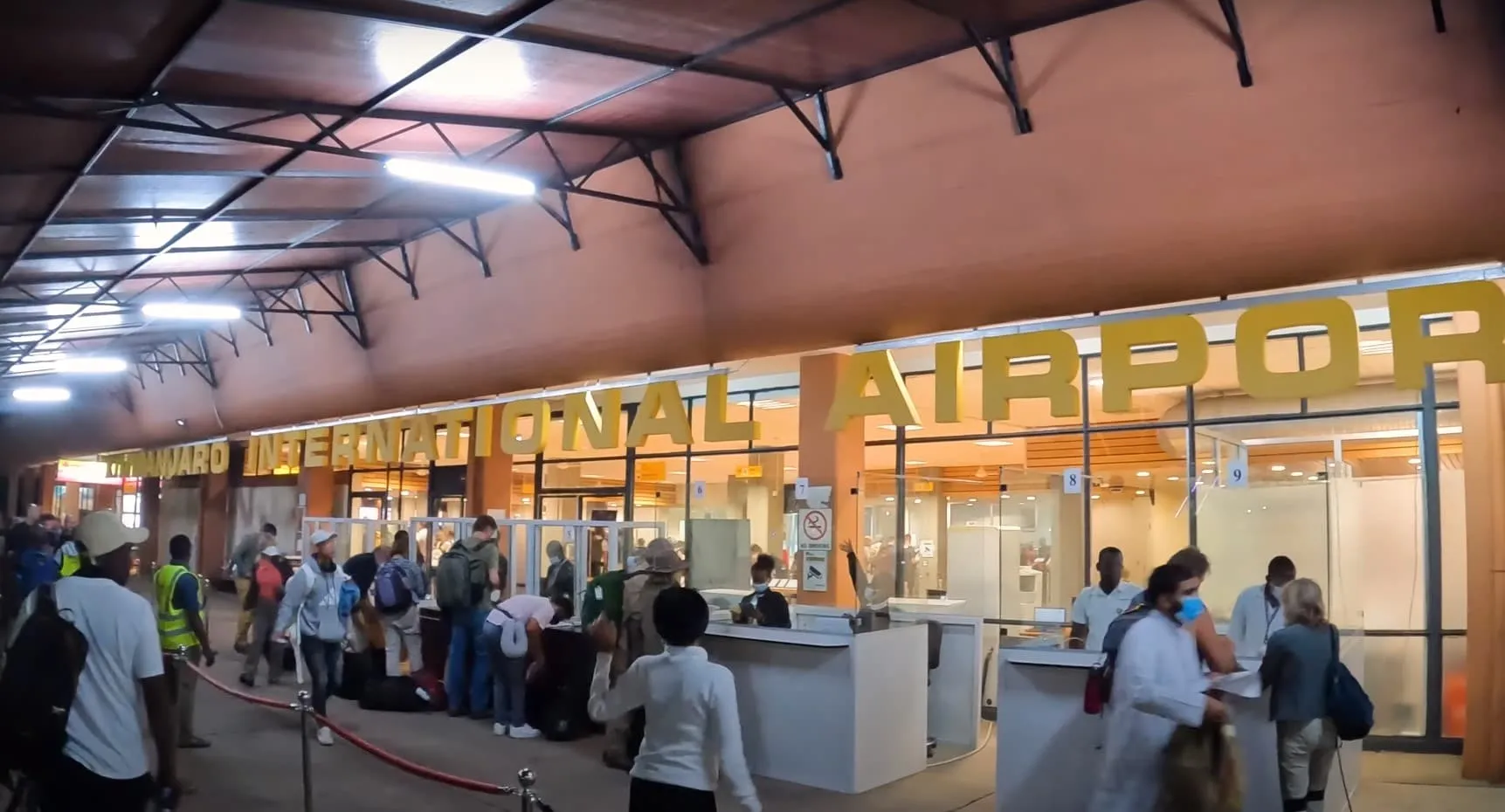
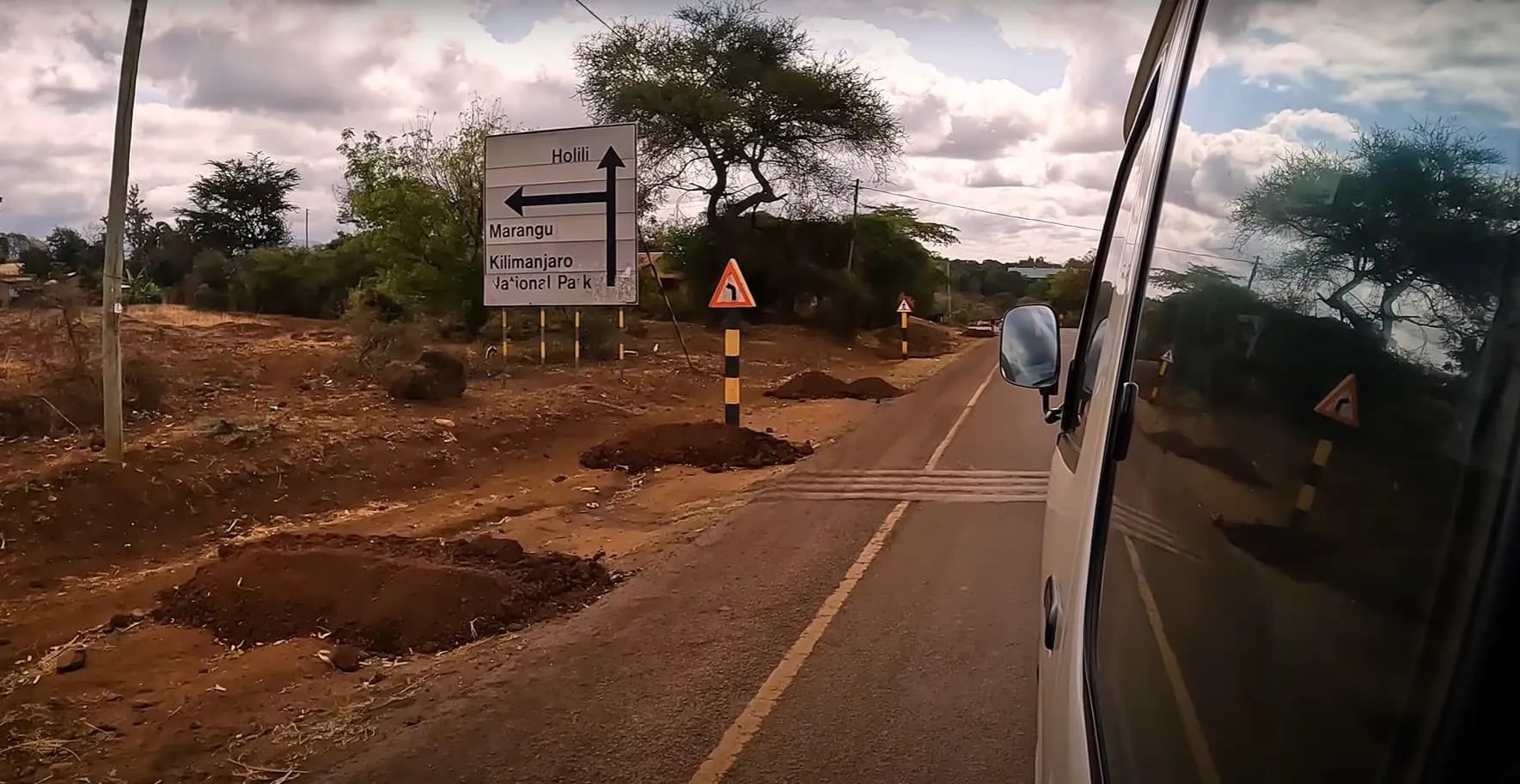
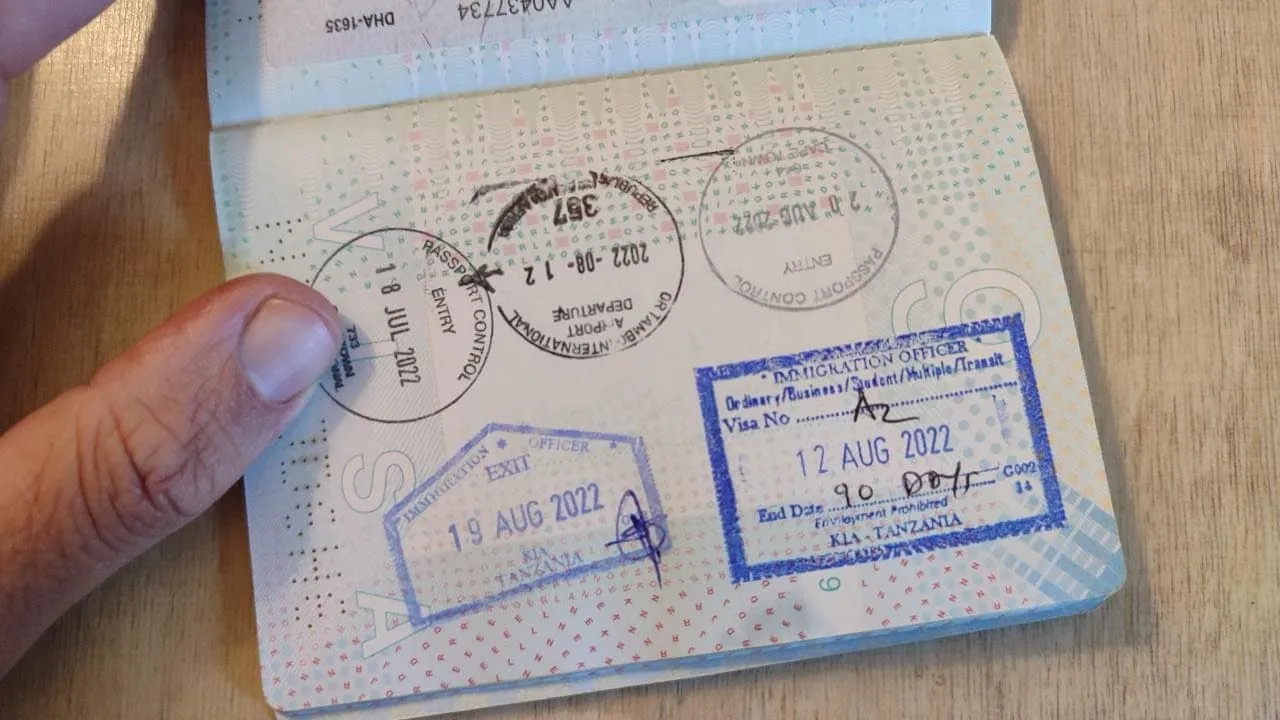
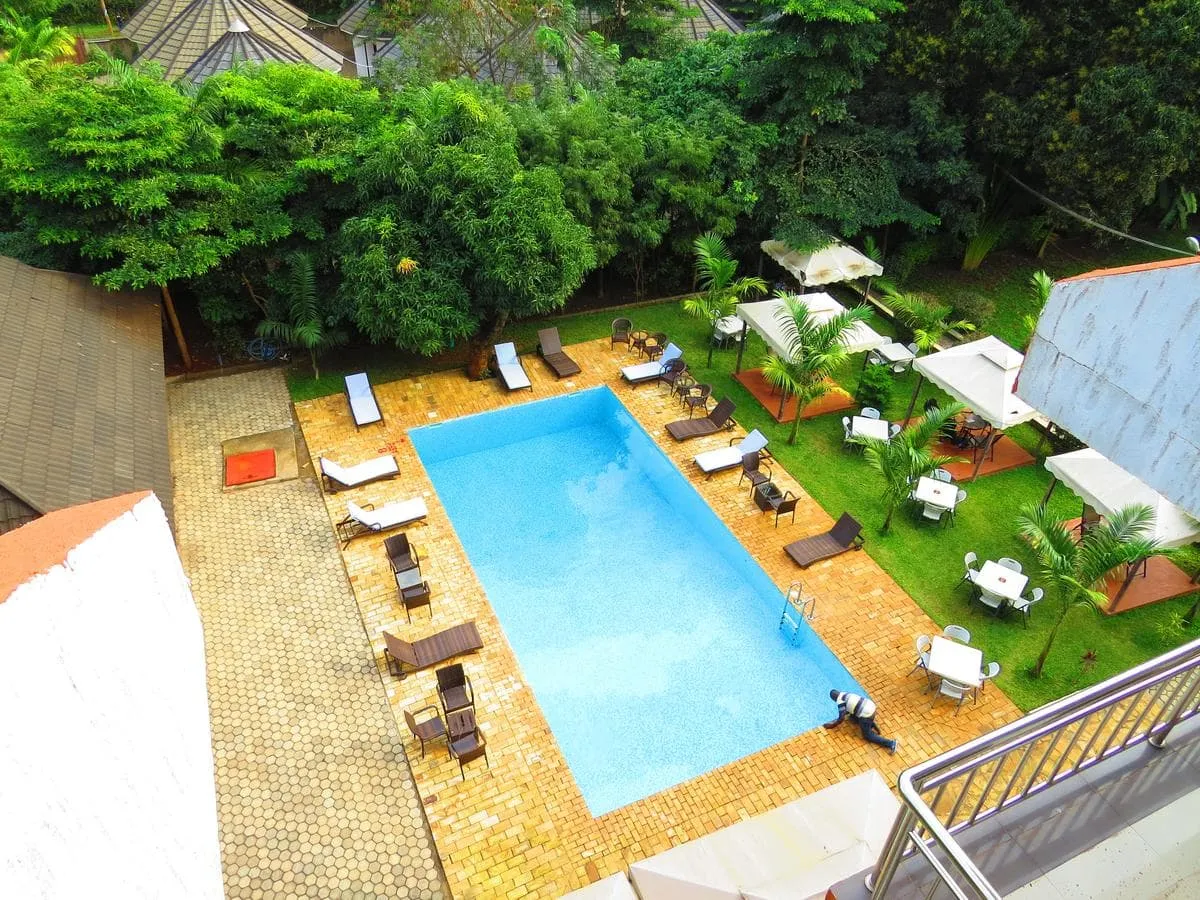

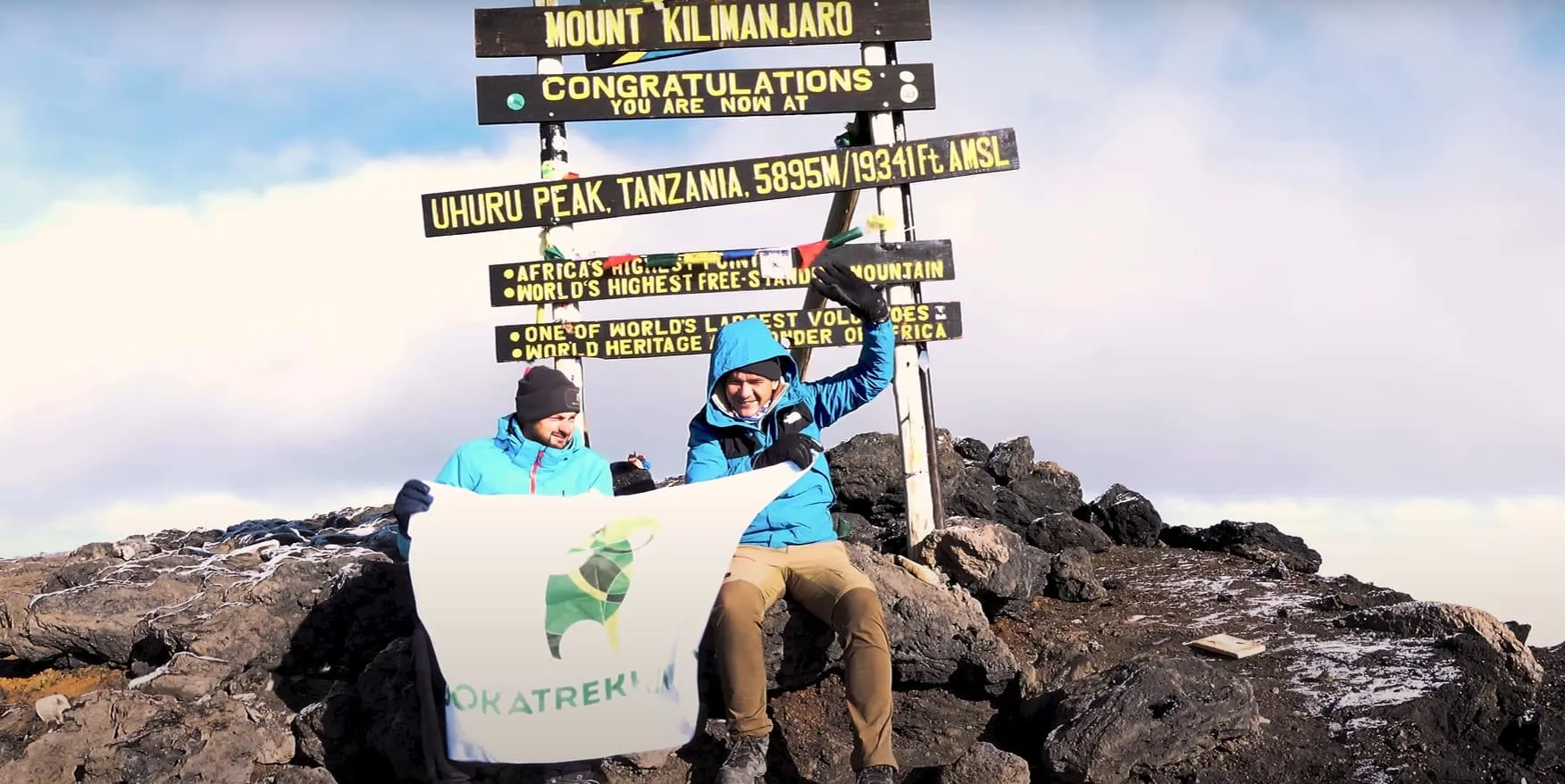
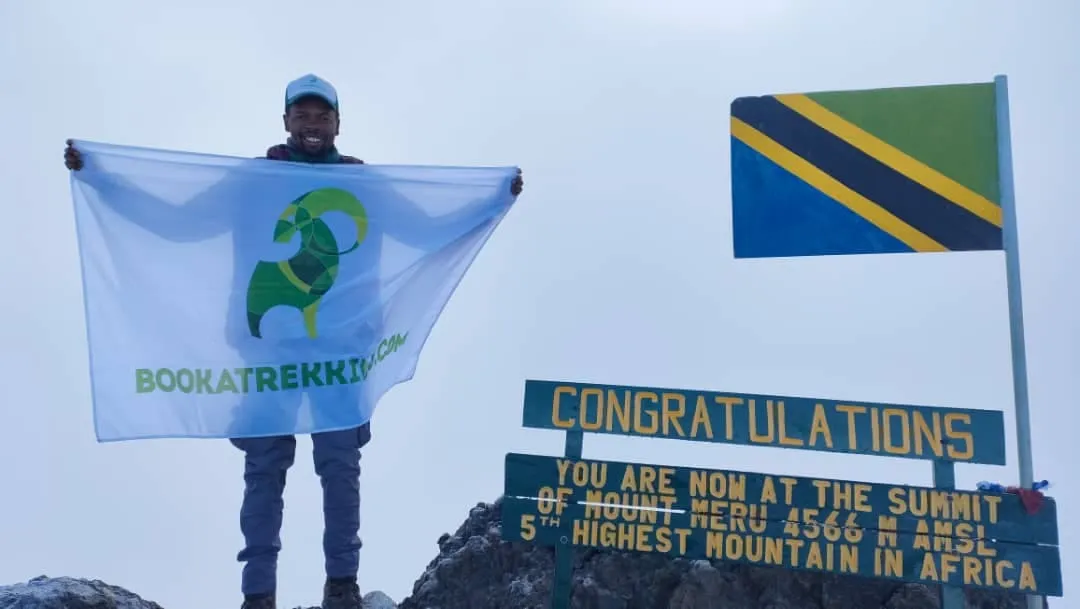
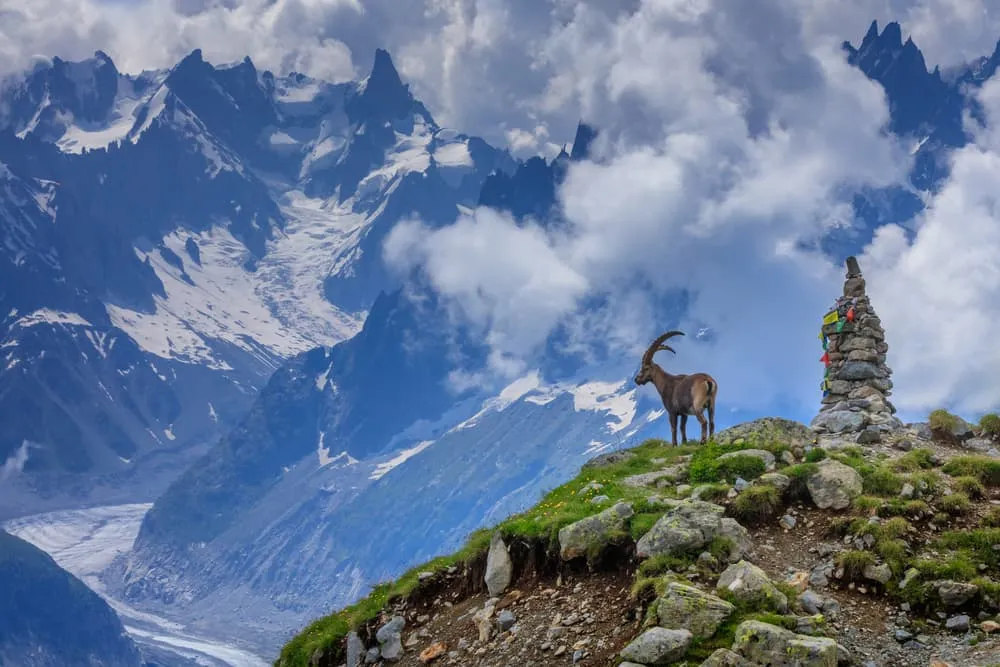
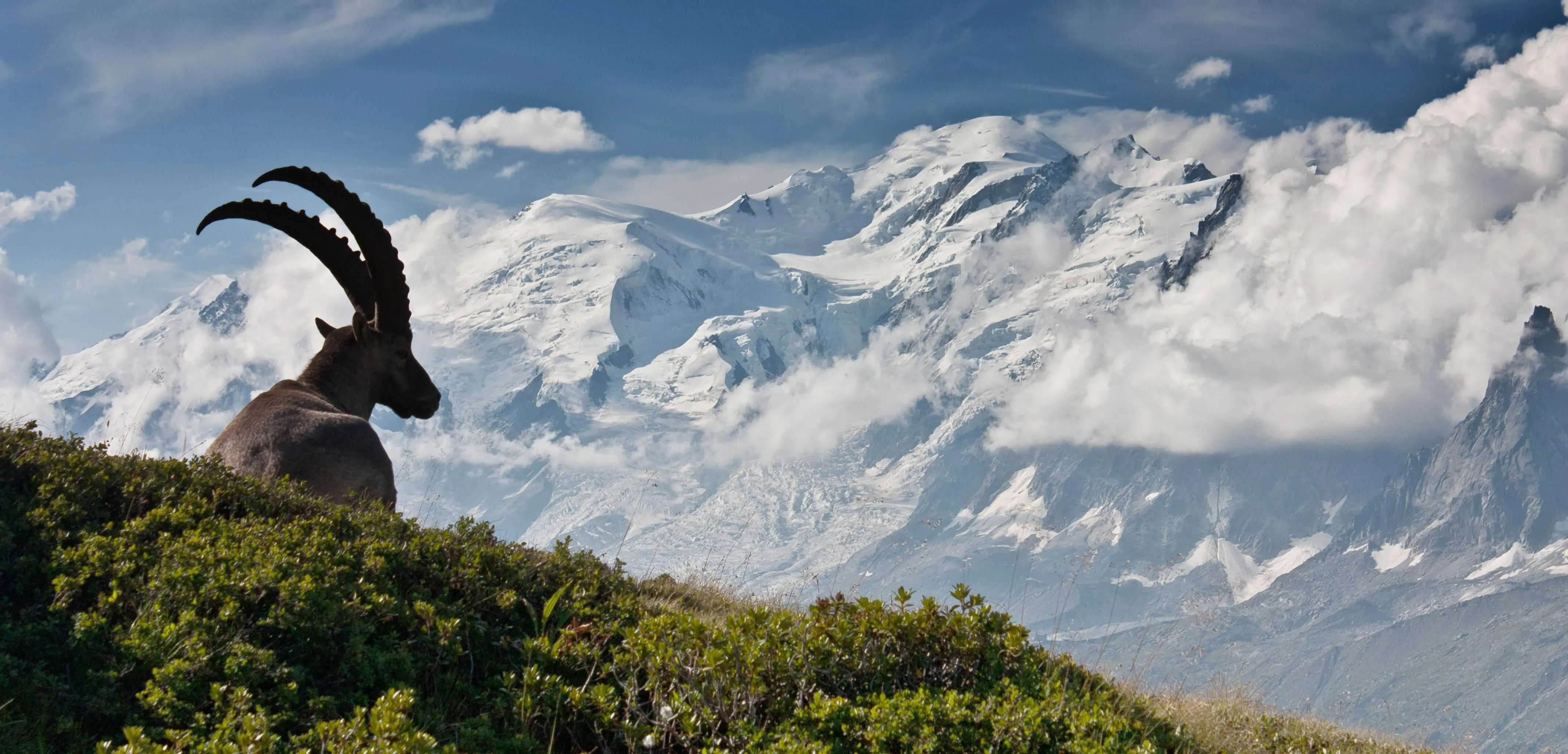
Comments